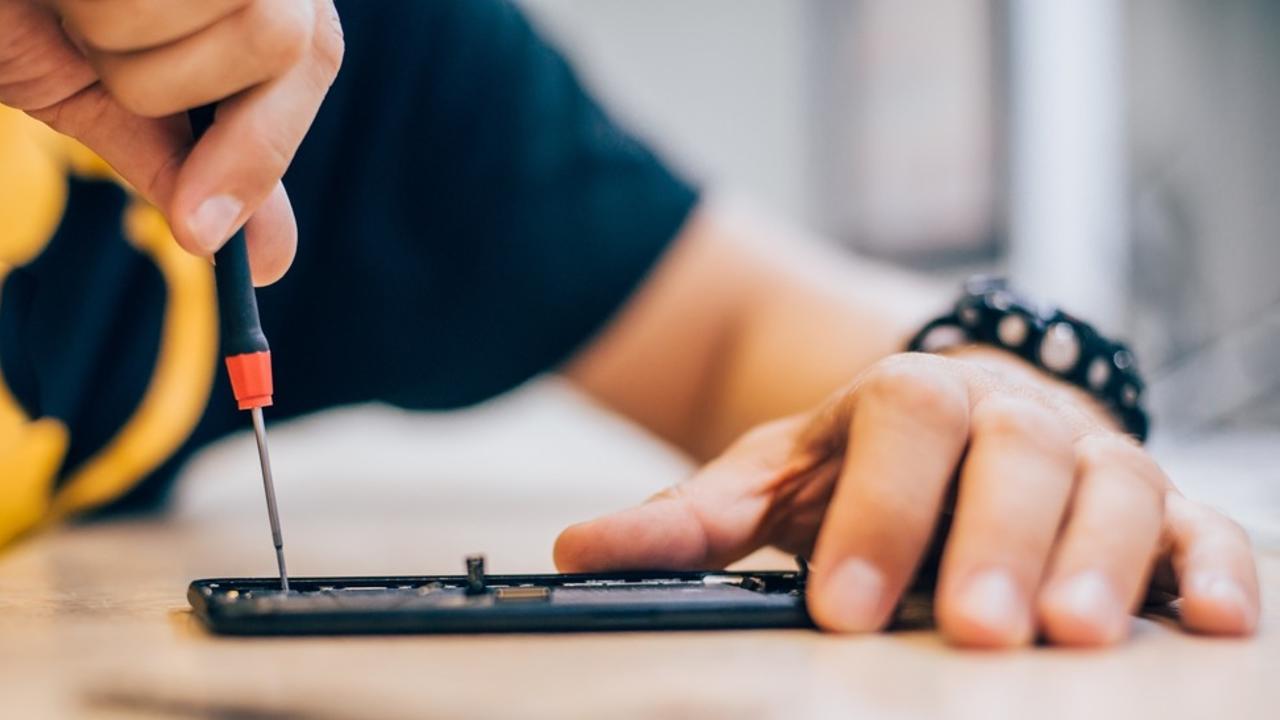Right to Repair Technology

It is likely that at one point or another, one of your electronic devices has broken. Whether your screen cracked, or your microphone stopped working, broken devices can be a frustrating experience, especially when manufacturers make it expensive to get your devices repaired. In some cases, a repair can cost you more than buying a new electronic device would! Although third-party repair shops exist and may be able to fix your devices at a lower cost, their abilities are limited when it comes to repairs which require specialized parts. Unfortunately, it is common practice for manufacturers to restrict access to repair manuals, use parts that are unique to their products, and make their specialized parts inaccessible to consumers and small repair shops. This forces the consumer to choose between using “authorized” repair shops or purchasing a replacement.
The right to repair
The right to repair electronics is government legislation that is intended to allow consumers the ability to repair the electronic devices that they have purchased. The Repair Association was founded in 2013 in order to promote the right to repair electronics. This Association was inspired by the United State’s Motor Vehicle Owner’s Right to Repair Act which was passed in Massachusetts in 2012. This Act resulted in major automobile trade organizations agreeing to provide the necessary information to allow individuals to repair their own automobiles. Hoping for a similar result, The Repair Association is actively lobbying for state bills across the U.S. to give consumers the rights to repair their equipment.
Why you should repair your electronics
Learning to repair electronics yourself and have them repaired at local shops is beneficial, not only for your wallet, but for the environment as well. Electronic devices have a large environmental, and even social footprint due to the use of non-renewable resources, production of waste, and resulting environmental contamination. Repairing your current electronics lessens the environmental strain of manufacturing new ones, as you are able to extend the useful lifespan of what you already have.
Planned obsolescence
Unfortunately, some manufacturers not only make repairs difficult, but also encourage planned obsolescence of their products. Planned obsolescence is a design technique that renders a product unusable after a predetermined amount of time. For example, In 2017, Apple iPhone users noticed that updates to their phone’s operating system resulted in a decrease in phone speed, gradually making these older versions of the iPhone unusable. These tactics encourage consumers to upgrade to a new phone model more quickly. However, this issue can be addressed by simply replacing the phone’s battery. This process would be much easier if electronics manufacturers didn’t make their products difficult to open and repair.
How to exercise your right to repair
Right-to-repair efforts have been gaining momentum in Canada, the United States, and the European Union. For example, bills are being proposed in Canada and U.S. politicians have called for federal legislation regarding the right to repair electronics. Additionally, websites such as iFixit provide users with easy-to-follow repair guides and specific parts which are needed for their electronics. This allows individuals to take matters into their own hands and exercise their rights to repair!
Stay connected with news and updates!
Join my mailing list to receive the latest news and updates. Your information will not be shared.

